The Department of Agriculture is seeking the opinion of stakeholders on some of the more controversial elements of the next Common Agriculture Policy (CAP).
Several proposals in the regulations will change how Ireland’s €1.2bn in direct payments are divided among the country’s 123,000 farmers.
The first is convergence of payments. In its CAP consultation document, the Department warns that payment flattening is a central EU policy that will continue.
The options on the table range from reaching a minimum entitlement value of 75% of the national average, to full payment flattening by 2026.
The money needed to increase those on low value entitlements will be taken from those above the national average of €185, excluding Greening.
Support
Among the farm organisations, only the Irish Natura and Hill Farmers Association (INHFA) supports 100% convergence.
The Irish Farmers Association (IFA) wants “upward-only” convergence, whereby those with lower entitlements are increased, but not at the expense of other farmers.
The Irish Cattle and Sheep Farmers Association (ICSA) said it accepts that convergence will reach 75% by 2026, while the Irish Creamery Milk Suppliers Association (ICMSA) said the 75% option should be implemented with protection for those with payments less than €30,000.
The ICSA also supports the €80,000 limit, but says hired labour should not be considered
On payment limits, the Department sets out that capping options range from a flat rate of €100,000 to reductions for those receiving over €60,000 up to a maximum of €80,000. The regulations also allow for member states to deduct labour costs before applying a limit. The IFA supports the €80,000 limit, but says it must take full account of situations where more than one income is being earned from the farm. The ICSA also supports the €80,000 limit, but says hired labour should not be considered.
The INHFA and ICMSA want to see a limit of €60,000 introduced with no allowances for labour.
Front-loading payments
Front-loading is set to be introduced in the next CAP, with payments on the first, not yet set, number of hectares of a farm provided for under the new Complementary Redistributive Support for Sustainability (CRISS).
The CRISS would operate by applying a linear cut to all farmers’ payment entitlements to create a fund for the measure. These funds would then be paid to all farmers on the “first hectares.” Ireland could choose the size of the top-up payment per hectare and the number of hectares, up to the national average of 30ha.
“If, for example, farmers in Ireland were to receive €20 per hectare on the first 30ha, some €54m would be required in the fund to finance the measure, resulting in a linear cut of this amount,” the Department said. There could also be ranges set – for example, no payment on the first 5ha and a higher rate from five to 20ha, the Department explained.
The IFA says it would not support a linear cut to provide funding for the scheme, as it believes it will create more unviable farms
ICSA said it supports a sum of €40/ha up to 30ha, excluding the first 5ha, to prevent payments moving from commercial farmers to “micro or hobby farmers.” The INHFA also supports a front-loading option.
The IFA says it would not support a linear cut to provide funding for the scheme, as it believes it will create more unviable farms. The ICMSA said if the CRISS could play a role in compensating farmers negatively affected by convergence, it should be implemented.
A small farmer scheme
There is a proposal in the CAP regulations to allow member states to introduce a small farmers scheme, which is voluntary for farmers to participate in.
This scheme would function by replacing all direct payments for farmers below a certain threshold with a single payment, currently pitched at €1,250 per annum.
All farmers in the scheme would receive the same amount and could not avail of other Pillar 1 direct payments. In practice, farmers would surrender their payment entitlements to receive the lump sum instead.
There are around 14,000 farmers in Ireland receiving a payment of less than €1,250
The Department said implementing the scheme would require a linear cut to all payment entitlements to provide the necessary funding for the scheme.
There are around 14,000 farmers in Ireland receiving a payment of less than €1,250, excluding Greening, accounting for €15.5m in direct payments.
There is little to no support among the farm organisations for a small farmer scheme, mainly due to concerns of funds leaking away from other farms.
Read more
What measures farm organisations want in the new REPS
Inside CAP talks: what’s on, and off, the table for Irish farmers
The Department of Agriculture is seeking the opinion of stakeholders on some of the more controversial elements of the next Common Agriculture Policy (CAP).
Several proposals in the regulations will change how Ireland’s €1.2bn in direct payments are divided among the country’s 123,000 farmers.
The first is convergence of payments. In its CAP consultation document, the Department warns that payment flattening is a central EU policy that will continue.
The options on the table range from reaching a minimum entitlement value of 75% of the national average, to full payment flattening by 2026.
The money needed to increase those on low value entitlements will be taken from those above the national average of €185, excluding Greening.
Support
Among the farm organisations, only the Irish Natura and Hill Farmers Association (INHFA) supports 100% convergence.
The Irish Farmers Association (IFA) wants “upward-only” convergence, whereby those with lower entitlements are increased, but not at the expense of other farmers.
The Irish Cattle and Sheep Farmers Association (ICSA) said it accepts that convergence will reach 75% by 2026, while the Irish Creamery Milk Suppliers Association (ICMSA) said the 75% option should be implemented with protection for those with payments less than €30,000.
The ICSA also supports the €80,000 limit, but says hired labour should not be considered
On payment limits, the Department sets out that capping options range from a flat rate of €100,000 to reductions for those receiving over €60,000 up to a maximum of €80,000. The regulations also allow for member states to deduct labour costs before applying a limit. The IFA supports the €80,000 limit, but says it must take full account of situations where more than one income is being earned from the farm. The ICSA also supports the €80,000 limit, but says hired labour should not be considered.
The INHFA and ICMSA want to see a limit of €60,000 introduced with no allowances for labour.
Front-loading payments
Front-loading is set to be introduced in the next CAP, with payments on the first, not yet set, number of hectares of a farm provided for under the new Complementary Redistributive Support for Sustainability (CRISS).
The CRISS would operate by applying a linear cut to all farmers’ payment entitlements to create a fund for the measure. These funds would then be paid to all farmers on the “first hectares.” Ireland could choose the size of the top-up payment per hectare and the number of hectares, up to the national average of 30ha.
“If, for example, farmers in Ireland were to receive €20 per hectare on the first 30ha, some €54m would be required in the fund to finance the measure, resulting in a linear cut of this amount,” the Department said. There could also be ranges set – for example, no payment on the first 5ha and a higher rate from five to 20ha, the Department explained.
The IFA says it would not support a linear cut to provide funding for the scheme, as it believes it will create more unviable farms
ICSA said it supports a sum of €40/ha up to 30ha, excluding the first 5ha, to prevent payments moving from commercial farmers to “micro or hobby farmers.” The INHFA also supports a front-loading option.
The IFA says it would not support a linear cut to provide funding for the scheme, as it believes it will create more unviable farms. The ICMSA said if the CRISS could play a role in compensating farmers negatively affected by convergence, it should be implemented.
A small farmer scheme
There is a proposal in the CAP regulations to allow member states to introduce a small farmers scheme, which is voluntary for farmers to participate in.
This scheme would function by replacing all direct payments for farmers below a certain threshold with a single payment, currently pitched at €1,250 per annum.
All farmers in the scheme would receive the same amount and could not avail of other Pillar 1 direct payments. In practice, farmers would surrender their payment entitlements to receive the lump sum instead.
There are around 14,000 farmers in Ireland receiving a payment of less than €1,250
The Department said implementing the scheme would require a linear cut to all payment entitlements to provide the necessary funding for the scheme.
There are around 14,000 farmers in Ireland receiving a payment of less than €1,250, excluding Greening, accounting for €15.5m in direct payments.
There is little to no support among the farm organisations for a small farmer scheme, mainly due to concerns of funds leaking away from other farms.
Read more
What measures farm organisations want in the new REPS
Inside CAP talks: what’s on, and off, the table for Irish farmers




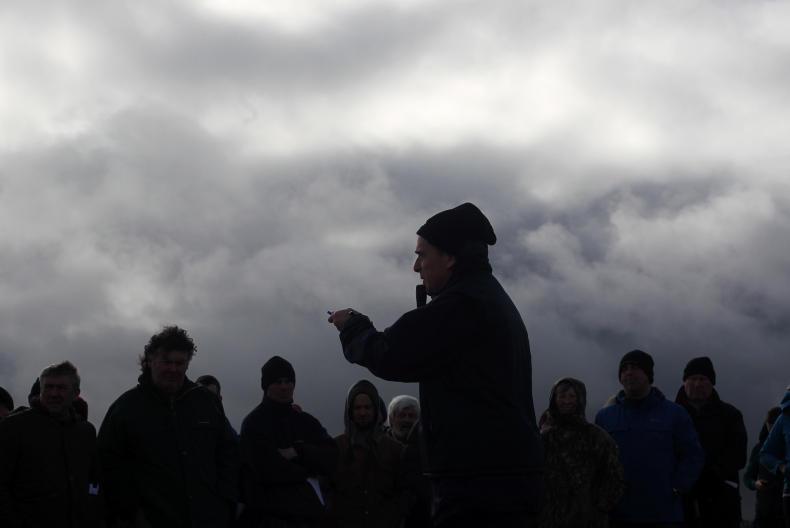
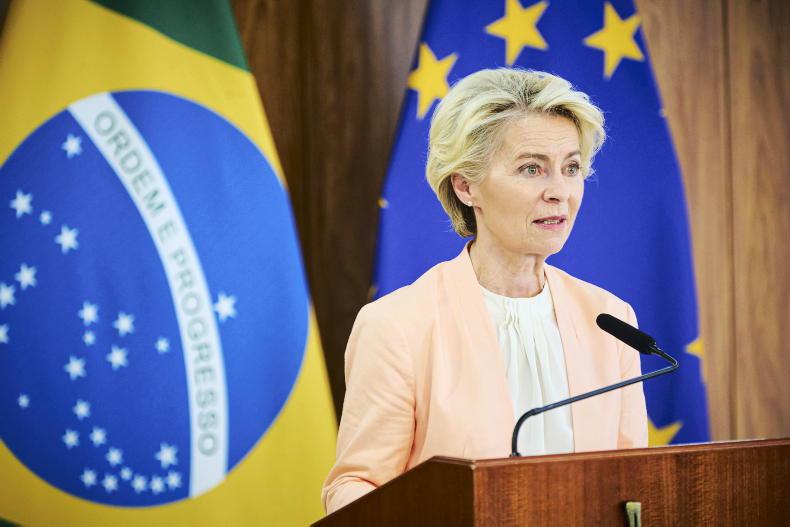
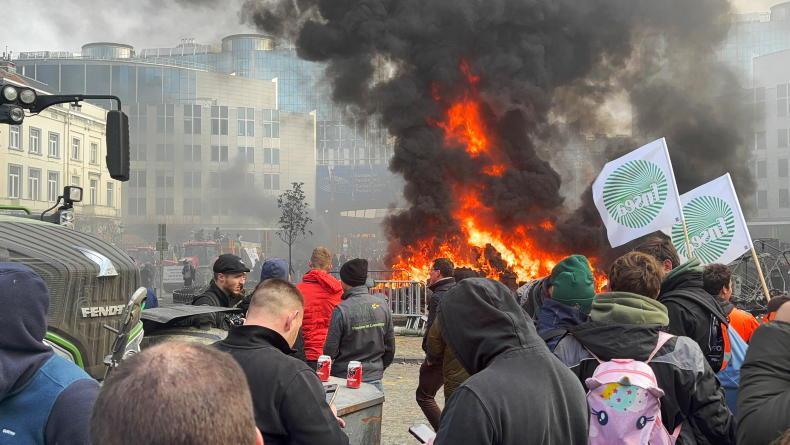
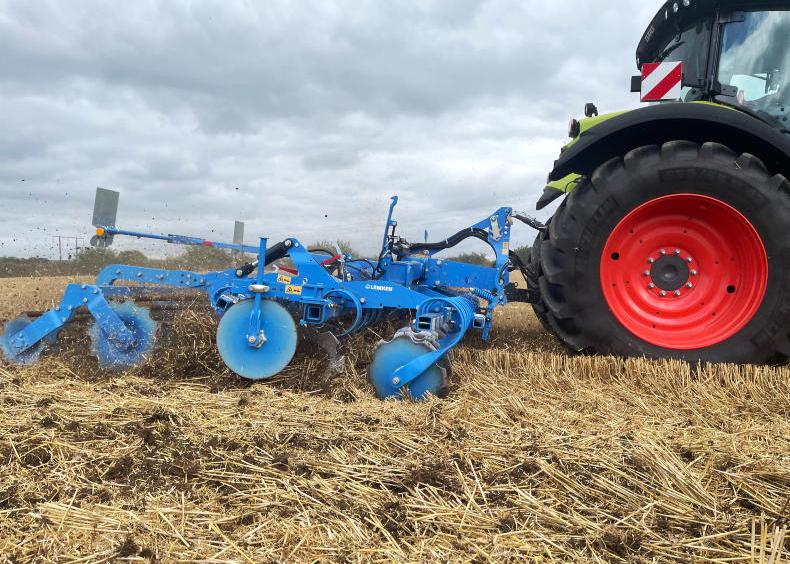
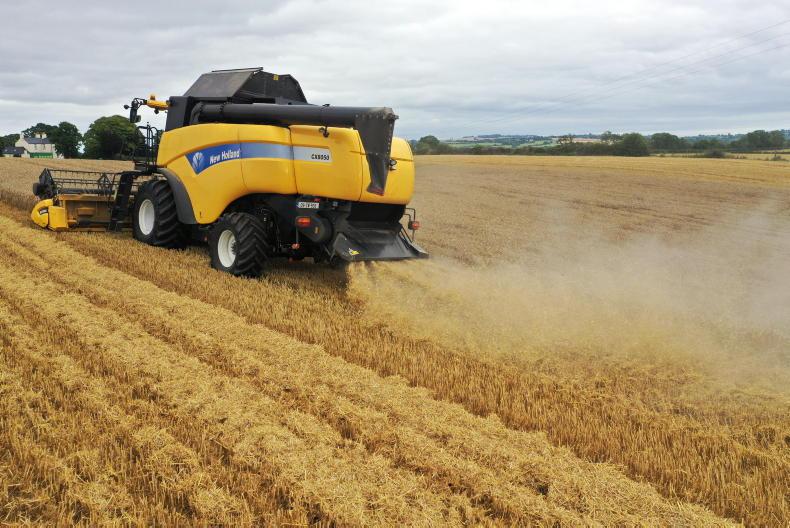
SHARING OPTIONS